The Mustang has become a cultural icon across America and the entire world, showcasing the American
performance market in movies, music, television, and just about every other media platform available.
Since its creation, the Mustang has been used for joyriding, drag racing, but also in road racing and
high-performance driving experiences because it offers massive value for the money with its V8,
rear-drive setup, and ease of which they can be worked on and modified to the owner's perfect
specifications. However, while so many people only want their Mustangs to go fast in a straight line or
to be able to cruise around town in them, Ford and SVT had different plans regarding the pony car's
performance. Ford saw the massive success the Mustang had on road courses from the beginning of production and chose
to create performance versions of the car to cover different markets. For the drag racing community, the
Cobra Jet was born with the sole purpose of destroying quarter-mile drag strips, the Boss 302 and 429
for track racing in the late 1960s, and the Mach 1 from the same era for road circuits. As the Mustang
kept moving forward, these cars fell by the wayside, and by the end of the oil crisis in the mid to late
70s the ultra-high-performance Mustang had all but died out.
1993 Cobra R
1995 Cobra R
2000 Cobra R
Cobra R Successors
While there had not been a truly high-performance Mustang in over 15 years, Ford decided to make it clear
that they had not given up on the Mustang as a road-racing car. In 1993, Ford jumped back into the high
performance market with the all-new SVT Cobra R as the ultimate road-legal Mustang. Produced in
incredibly low numbers totaling 107 cars, the Cobra R was the most visceral version of the Cobra yet and
removed the “unnecessary” features such as the rear seats, air conditioning, radio, and more. Steeda and
SVT worked very closely together on the Cobra R to create a higher performance braking system to pair
with
the adjustable Koni Racing Shocks as well as a
cooling system for the engine and power steering systems. This was composed of Steeda 14-inch front and
13-inch rear brakes with Hawk brake pads. These brakes allowed the car to perform better under heavy use
on the track as well as in everyday use on the street. Along with this, this car ran on Steeda billet
lower control arms, Steeda sway bars, G-Trac brace, and the Steeda Tri-Ax shifter
The Cobra R was one of the first completely stripped-down Mustangs ever, and the added performance came
at a higher price tag, hovering around $25,000 in 1993 (around $46,000 when adjusted for inflation)
which made it the most expensive Mustang on the market. These cars were only available to Sports Car
Club of America members which unfortunately led to many of these being owned by collectors who never
took them racing as they'd been designed for. These cars also stood out with being only offered in
Performance Red paint. While it didn't gain any power over the normal SVT Cobra, the handling and
cooling improvements turned the Mustang into a serious track car that could outhandle much more
expensive company from around the world.
In the wake of the 1993 Cobra R's success, Ford brought out another Cobra R for the 1995 model year. In
the new SN95 body style, the Cobra R was more aggressive than the looks of the Fox Body Mustang.
Additionally, Ford turned the performance up even higher by swapping the older 5.0L V8 out for a more
powerful 5.8L V8 which caused the car to put down more torque (365 lb-ft) than the original gearbox
could handle. Like the original Cobra R, the car was only available to National Hot Rod Association or
SCCA drivers to buy as it was supposed to be the most powerful Mustang for the road ever. Additionally,
like the 1993 model Steeda played a role in the development of the 1995 Cobra R with the introduction of
their 22-gallon fuel cell system which allowed the car to run for longer than any Mustang before. This
led to the Steeda Cobra R lapping the entire 65-car field twice. While this helped with long-distance
driving, the tank was originally designed to benefit on the race track so the car could receive proper
fueling at all times. The 300
horsepower figure also made it one of the fastest accelerating Mustangs in addition to its 151
mile-per-hour top speed.
While the first Cobra R was only available in Performance Red, the 1995 Cobra R was only
available in Crystal White over tan cloth. With only 250 cars built, the Cobra R also was more
expensive than the
previous one at $38,000 brand new. These cars received the same treatment as the previous model, meaning
no rear seats, radio, air conditioning, or other amenities. These also received fiberglass hoods to
clear the larger engine and intake setup that kept the Cobra R running to its peak performance. After a brief absence between 1996 and 1999, Ford was back with another Cobra R for 2000, and they were
back better than ever. For 2000, the Cobra R came with 385 horsepower and 385 lb-ft of torque, making it
rocket down the road faster than ever. The new R's top speed came to 170 miles per hour while crossing
the quarter mile in under 13 seconds. The R, which has always been designed for handling, did not
disappoint in 2000 when it was able to pull 1.0G under acceleration. The R went back down in
displacement to 5.4 liters as opposed to the massive 5.8 liter found in the 1995 model. Even with the
smaller motor, the Cobra R gained the now iconic cowl hood that helped with keeping the engine cooler
than before. The 2000 Cobra R returned to its roots by offering only Performance Red paint, and stayed as a track
special without rear seats, power windows or seats, air conditioning, and came only as a manual gearbox
like the others. On the outside, there were more performance enhancements than ever before, with a
massive front splitter paired with a huge rear wing, both of which were designed to keep the car planted
on the racetrack. Additionally, a free-breathing side exit exhaust system from Borla made its way to the Cobra R
too, improving backpressure and horsepower figures. All 300 of these coupes sold nearly immediately. The
Cobra R was the last true race-bred Mustang with the Cobra name, set up entirely as a road-legal race
car compared to other Mustang models.
While there has not been a Cobra R since 2000 and the Cobra name was retired altogether in 2004 after the Terminator
models, the spirit of the Cobra R does still live on. Ford has continued to develop more
track-focused cars since the Cobra R, and two stand out to the same level of performance as these iconic
performance cars. The first of these cars comes in the form of the 2013 Mustang Boss 302 Laguna
Seca
which was developed to be one of the most track-capable Mustangs ever. It shared many of the same traits
as the Cobra R in fact, drawing heavily on its development. With the option to remove the rear seat,
radio, air conditioning, and offer Recaro racing bucket seats, the Boss 302 Laguna Seca took the guide
seriously. The other car to follow the same vein as the Cobra R lies in the GT350R, the only
Mustang to use the R
naming since 2000. The GT350R comes without rear seats, the option to remove the radio and air
conditioning, a more powerful Tremec gearbox to handle abuse on the race track, and was designed to be
the best track Mustang for the street ever. These cars share a lot with each other in both their
design and intention as well as their driving style. Until the GT500 came out, the GT350R was the
highest performance Mustang on the market. What Is Ford\'s Godzilla Engine? Top Five Road Racing Mods For Your Mustang Shelby GT500 vs Shelby GT350R ComparedMustang SVT Cobra R: The Full Breakdown
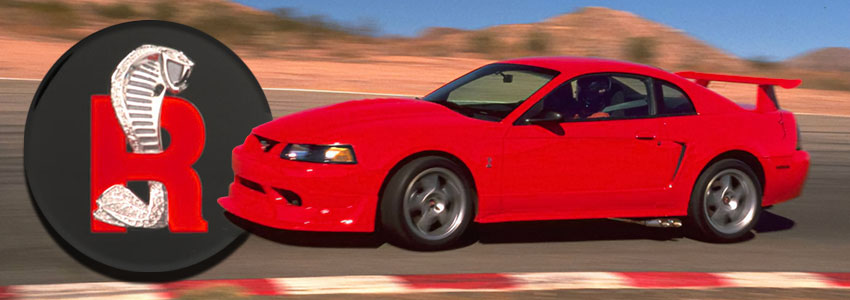
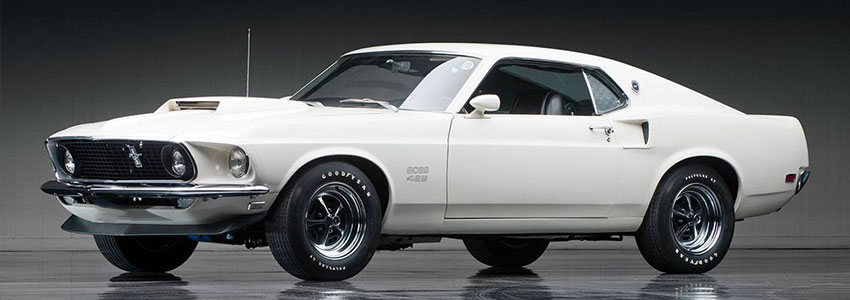
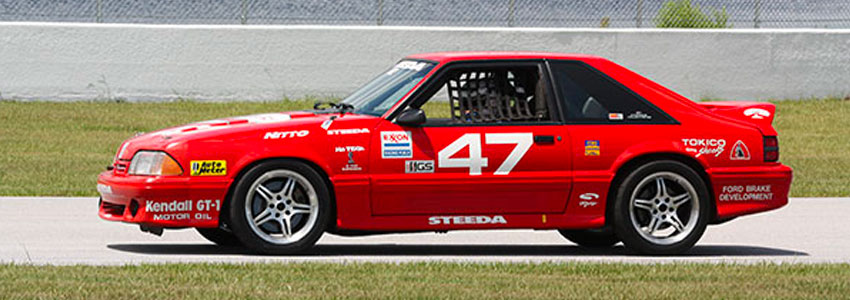
1993 Mustang Cobra R
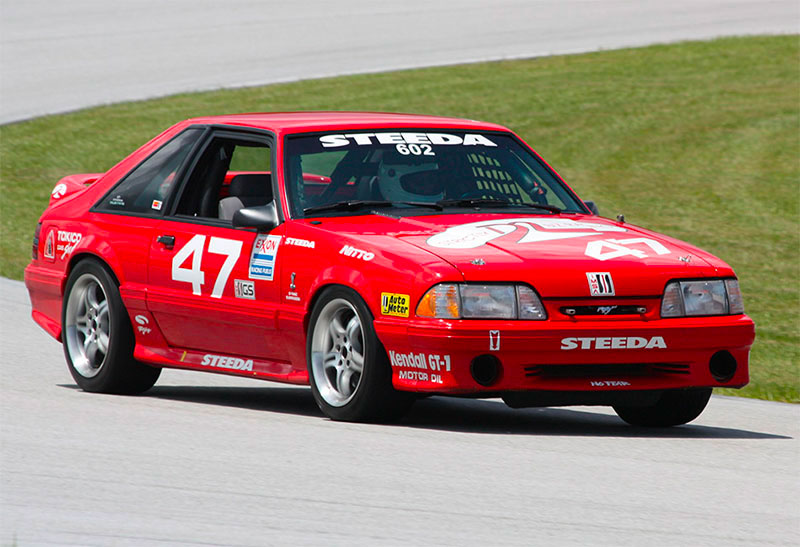
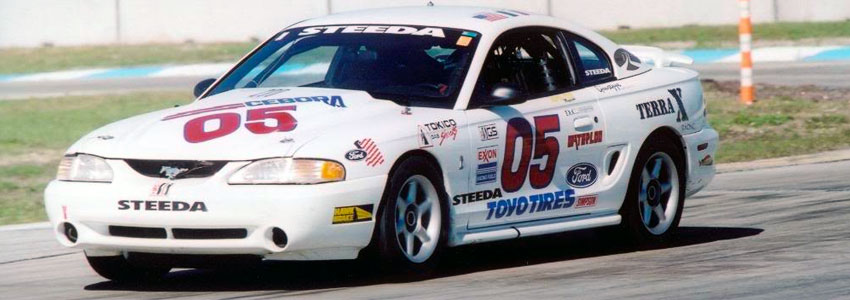
1995 Mustang Cobra R
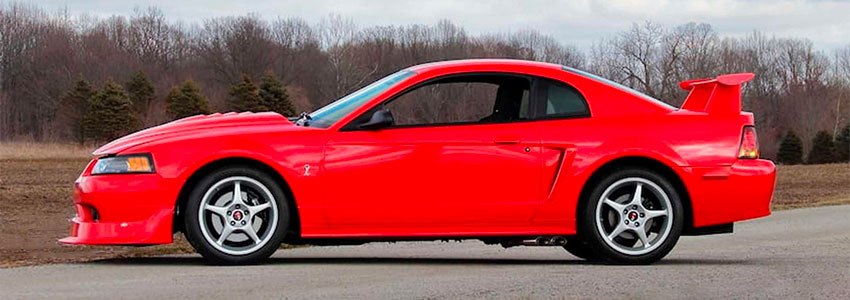
2000 Mustang Cobra R
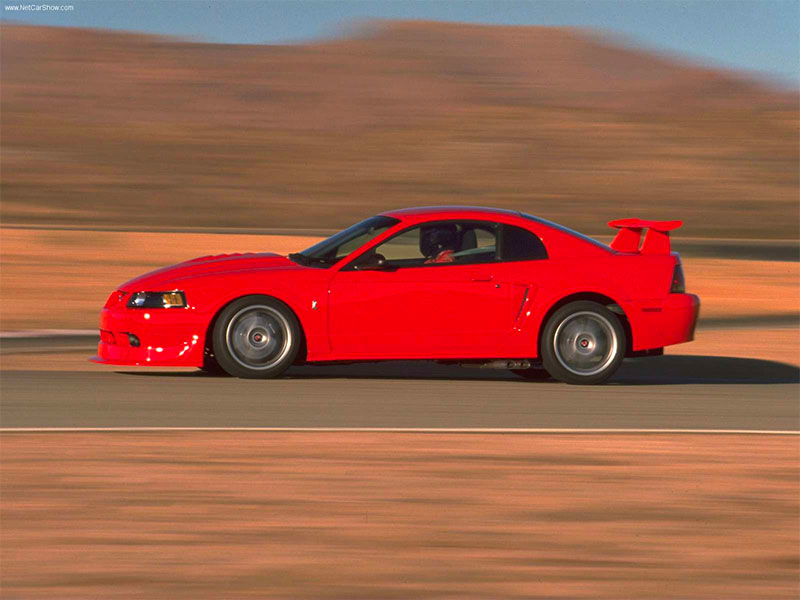
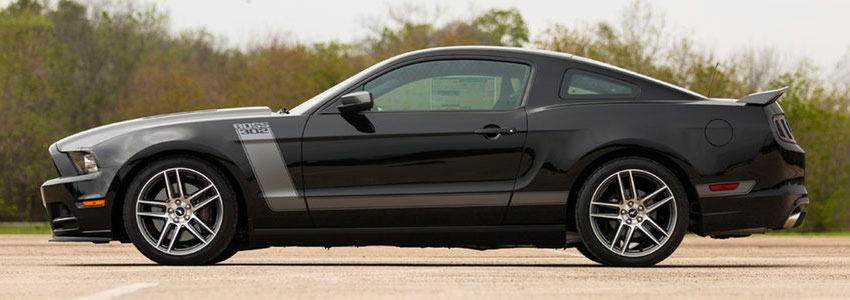
Succeeding the Cobra R
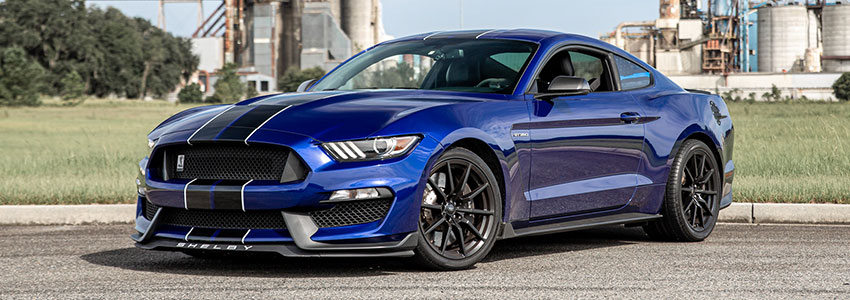
Related Articles




